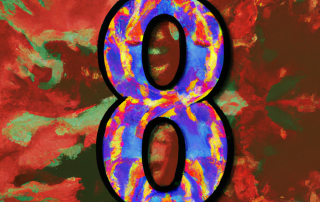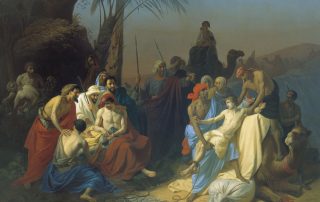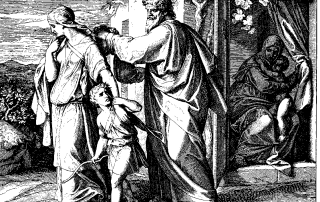Zealotry and Mercy: Parallels Between Pinchas and the War in Gaza
Zealotry and Mercy: Parallels Between Pinchas and the War in Gaza The biblical story of Phinehas (Heb. Pinchas) presents a complex moral scenario where an act of violence is divinely sanctioned, as a means to restore order and peace. This narrative brings the ethics of conflict into sharp relief. The story of Pinchas is found in Numbers 25:1-15. It takes place when the Israelites are camped in Shittim, and some of them begin to engage in sexual immorality with Moabite women, as well as worshipping their gods. This angers G‑d, who sends a plague upon the Israelites. At the height of this crisis, an Israelite man named Zimri brings a Midianite woman named Cozbi into the camp, in full view of Moses and the whole assembly. Pinchas, grandson of Aaron the High Priest, [...]








